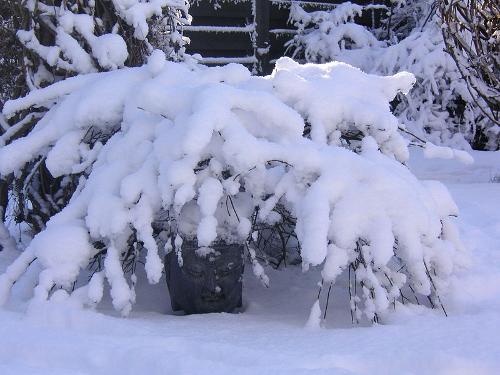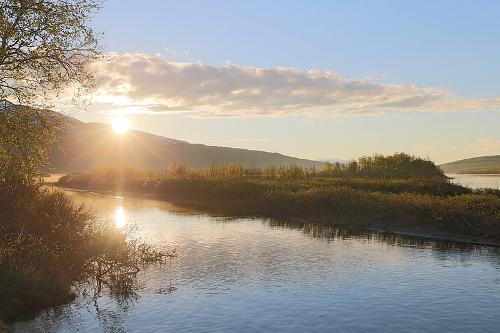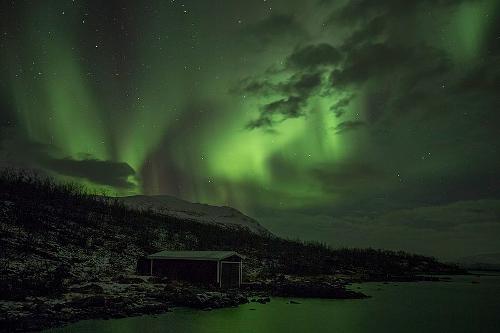SWEDEN
Climate and Weather

Climate and Weather

Cities in SWEDEN
| Stockholm |
Climate and Weather
Sweden, just like neighboring Norway, has to deal with the influence of the Warm Gulf Stream. For example, the average annual temperature is considerably higher in regions such as Northern Russia, Alaska and Greenland, which are on the same latitude. Central Sweden has a continental climate with warm dry summers and cold winters. The cause is the mountain range in Norway where the cloud fields rise quickly and it often rains. The result is that it is much drier and sunnier behind that mountain range. In the north (Lapland) and the eastern areas along the Gulf of Bothnia it can get very cold. The Gulf of Bothnia can even freeze over completely. Temperatures of ± -35 °C occur in Lapland.
 Snow SwedenPhoto: Holger.Ellgaard CC 3.0 Unported no changes made
Snow SwedenPhoto: Holger.Ellgaard CC 3.0 Unported no changes made
In the northern mountain areas there is an average of about two meters of snow that can remain for up to seven months. In Stockholm, the snow remains for about three months.
The south has a pronounced maritime climate as a result of the Warm Gulf Stream and there is therefore more rain than in the rest of Sweden. When snow falls, it does not often stay there. The ports also remain free of ice. The south has four to five summer months, the middle three to four and the north one to three. From north to south there are large differences in the average temperature, especially in winter. In January e.g. The average temperature in Lapland is -14 °C and can fall to more than -35 °C. On the south coast it is then on average -1 °C. Precipitation is unevenly distributed across the country. The west coast between Malmo and the Norwegian border receives the most rain, ± 700 mm per year. Eastern Sweden only has 300-400 mm per year.
As in Norway and Finland, two special phenomena can be observed in Sweden: the midnight sun and the northern lights.
 Midnight sun SwedenPhoto: Pavel Shyshkouski CC 4.0 International no changes
Midnight sun SwedenPhoto: Pavel Shyshkouski CC 4.0 International no changes
The midnight sun is high on the list of places of interest for many travelers. The further you go in the direction of the North Pole in summer, the higher and longer the sun shines in succession. The Arctic Circle, which runs through northern Sweden, is the latitude at which the sun remains just above the horizon on the night of June 21-22. The midnight sun is visible even in more southern parts of Sweden. In the middle of summer, people can still read the newspaper on the street at night without much trouble. Conversely, the sun on the Arctic Circle naturally remains below the horizon in winter and the Arctic night prevails on the North Pole. With heavy clouds there is of course much less of this natural phenomenon to be seen.
 Northern lights SwedenPhoto: US embassy Sweden CC 2.0 Generic no changes made
Northern lights SwedenPhoto: US embassy Sweden CC 2.0 Generic no changes made
The northern lights or polar lights can be seen on clear, cold winter nights. From sunspots electrical particles are ejected towards the earth that are pushed by the magnetic field around the earth to the higher layers of the air, where they start to glow. There are then beautiful shades of color, in curves and rays. The most beautiful part is the Northern Lights crown, when all those arches and rays seem to hang like a crown above the pole.
Sources
Best, J. / Zweden
Gottmer
Carlsson, B. / Zweden
Corona
Danse, W. / Zweden
ANWB
Europese Unie
Europees Platform voor het Nederlandse Onderwijs
Meesters, G. / Zweden
ANWB
CIA - World Factbook
BBC - Country Profiles
Copyright: Team The World of Info